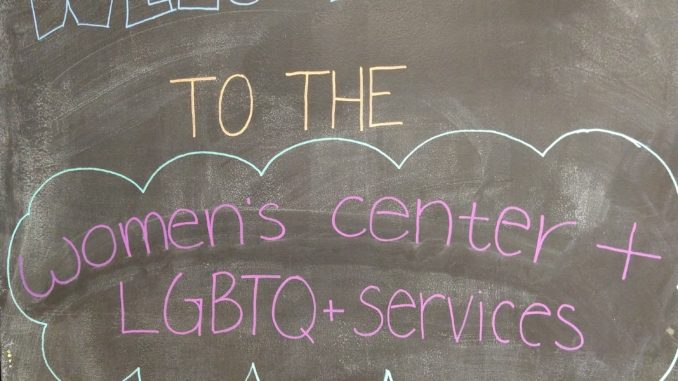
BY KIAN CONCERT
I came to Ramapo College in the fall of 2020. To say that a lot has happened in the last 611 days would be an understatement. From the beginning of a pandemic unlike any we’ve seen since the Spanish flu to abortion bans, the last two years have been absurdly, painfully, and outrageously eventful.
My life has been entirely upturned by the pandemic. Like so many of my fellow Americans, I’ve lost friends, family, and loved ones due to death, political strife and everything in between. I’ve donated to Planned Parenthood, engaged in some good old Twitter activism, and have written dozens of articles about the issues that impact myself and the people I care about. There are many people and places that have helped me gain the courage needed to speak up about my concerns and experiences. The one place that really helped me find that courage? Ramapo College’s Women’s Center and LGBTQI+ Services.
Politics, Preaching, and Pride: A History
When the email dropped, I couldn’t open it fast enough. I had been pestering Ramapo’s Center for Student Involvement–the organization at the head of offices such as the Women’s Center–since Spring of 2020. I’d asked time and time again if more positions would be opening up in the Women’s Center, and how I should go about applying for the still new position of Student Trans Outreach Coordinator. I was practically chomping at the bit for any chance I could possibly have at making some sort of social change while I finished up my Journalism degree.
I’d turned in my application the second they were being accepted. I’d gone through two rounds of interviews and had waited with bated breath for the email that would announce whether or not I’d been hired.
When it did, and when I found out that I had been welcomed as a member of the team, my heart stuttered.
It seems like a minor thing, but I was about to step into a legacy 47 years in the making.
The Women’s Center and LGBTQ+ Services was founded in 1974, 5 years after Ramapo’s founding. It makes sense that faculty, staff, and students alike would rally for a space like the Women’s Center to be created on campus. The world was alive with the glory of righteous protest.
In 1974 alone:
- A group of Black feminists came together to form the Combahee River Collective, an organization that argued that the white feminist and Civil Rights movements did not address their needs.
- Ntozake Shange’s “for colored girls who have considered suicide/when the rainbow is enuf,” a revolutionary play that spoke on Black love, loss, and sisterhood, was written.
- The National Organization for Women, among other women’s groups, met with President Gerald Ford.
The world outside of Ramapo’s sleepy campus was campaigning for women. It makes sense that the student body wanted to bring that fight closer to home. And bring that fight home, they did: even outside of the Women’s Center’s walls, Ramapo’s students were loudly proclaiming that the Government should pay for abortions and creating Abortion rights committees. The Women’s Center itself hosted sexuality workshops, peer-to-peer support groups offering support to women impacted by divorce or separation, and bringing big names such as Second Wave Feminist Activist Gloria Steinem and Black Feminist Poet Audre Lorde to campus.
The Women’s Center, those who worked for it, and those who frequented it were never quiet about their wants, needs, and political beliefs. It was a daunting legacy to walk into.
From that very first step into the lavender-painted walls of the Women’s Center on, my life was irrevocably changed.
Ferocity Embodied: The Women Center’s Impact
Not much has changed since the 1970s. If the Women’s Center is known for one thing in the modern era, it’s for constant work towards social change.
“We have a reputation of ferocity,” said Khalisah Hameed, 22, of the Women’s Center’s place within campus culture. “That can turn people away from engaging.”
As of this article’s writing, Khalisah is the longest-serving student employee at the Women’s Center. She began as Student Women’s Outreach Coordinator in fall of 2019 and ended her time at Ramapo as Student Office Manager. If anyone knows of the Women’s Center’s draw towards progressive activism, it’s her.
“The Women’s Center taught me that anger is constructive,” Hameed said. She spoke at length about how working for the Center has taught her to be more of an activist; how it has given her the skills and desire necessary to create a safe, welcome community for marginalized identities.
With communities outside of Ramapo being torn apart by one controversial presidency after another, that community building is more vital than ever. Within the last 2 years, it seems like no one has felt safe.
The numbers are hard to ignore:
- Asian Americans experienced a disproportionate increase in hate crimes against them with numbers reported as high as a 339% increase in 2021.
- 2021 was the deadliest year for transgender and gender non-comforming people in the United States, with at least 57 cases of fatal violence against these communities having been reported.
- 660 abortion restrictions were introduced throughout the United States in 2021, with many worrying that birth control, education, and family planning were next on the chopping block.
Going to college with these numbers weighing on students’ backs has been trying. Being heard would have been nearly impossible without some organizing body meant for social change and activism.
“[The Women’s Center] provides a space for people who wanton to do activism to organize,” said Serene Rahman, an alumnus of Ramapo College. “It gives them power to actually be heard in some capacity beyond what they could do alone.”
On a personal note, working as Student Trans Outreach Coordinator allowed me to stare racism, sexism, and transphobia directly in the eye. I often felt helpless, unable to do anything to protect myself from anti-trans rhetoric that seeped through the United States’ political sphere. I coped by reminding myself of the legacy I’d inherited: I protested in my own way. My coworkers and I did what we could to be seen, and to give a voice to those in our own communities on campus. Clothing drives were held for trans students; discussion groups dissecting sexism, trauma, and professional life were held for women of color.
With COVID running amok, organizing in a loud, visible way wasn’t as possible for us as it was for our predecessors. So we planned. We sat together, we spoke, and we helped uplift our communities.
Race, Sex, and Other Simple Topics
I say with confidence that this will always be the case for Ramapo’s Women’s Center. Certainly, there’s a lot of work to be done: historically, people assigned male at birth have steered clear of the space, and people of color have rarely been the majority among student staff.
“A lot more can be done,” said Shugar Hall, a current Animation Major at Ramapo who utilizes the Women’s Center as a lounge and discussion space. “But there’s always something to be worked on, so it’ll probably always be like that.”
With male college enrollment declining by 10%, the issue of equal representation will take a lot of elbow grease both at Ramapo and at other socially-minded college campuses throughout the United States.
“Making men aware of the fact that the Women’s Center is a space for them, too, would be great,” said Hall, who has been utilizing the Women’s Center since 2018. “A lot feel unwelcome here. That’s a pretty easy fix.”
There are only two places well-known by the student body to be accepting of heavy topics like race, sex, gender, and representation, and the Women’s Center is one of them. Working alongside the Black Student Union–the other space known for being welcoming of politically charged conversations–will no doubt help address the issue of underrepresentation of people of color.
Through two presidencies, the passing of bills that directly impact my own safety and bodily autonomy, protests and riots, the Women’s Center has been a place where I felt I had a voice. With any luck, it–and every other Women’s Center throughout the United States–will continue to be a place where students of all walks of lives feel safe, supported, and heard.
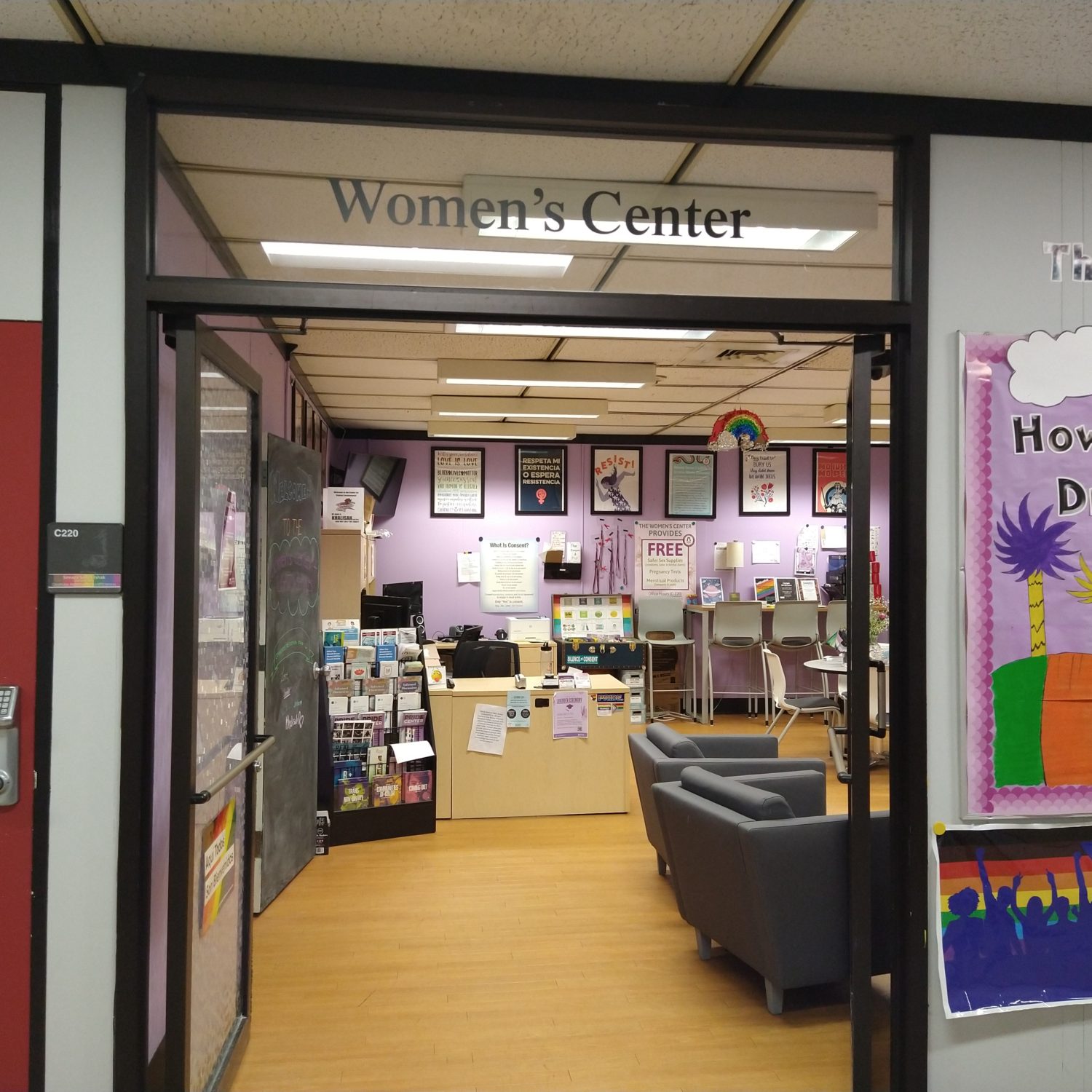
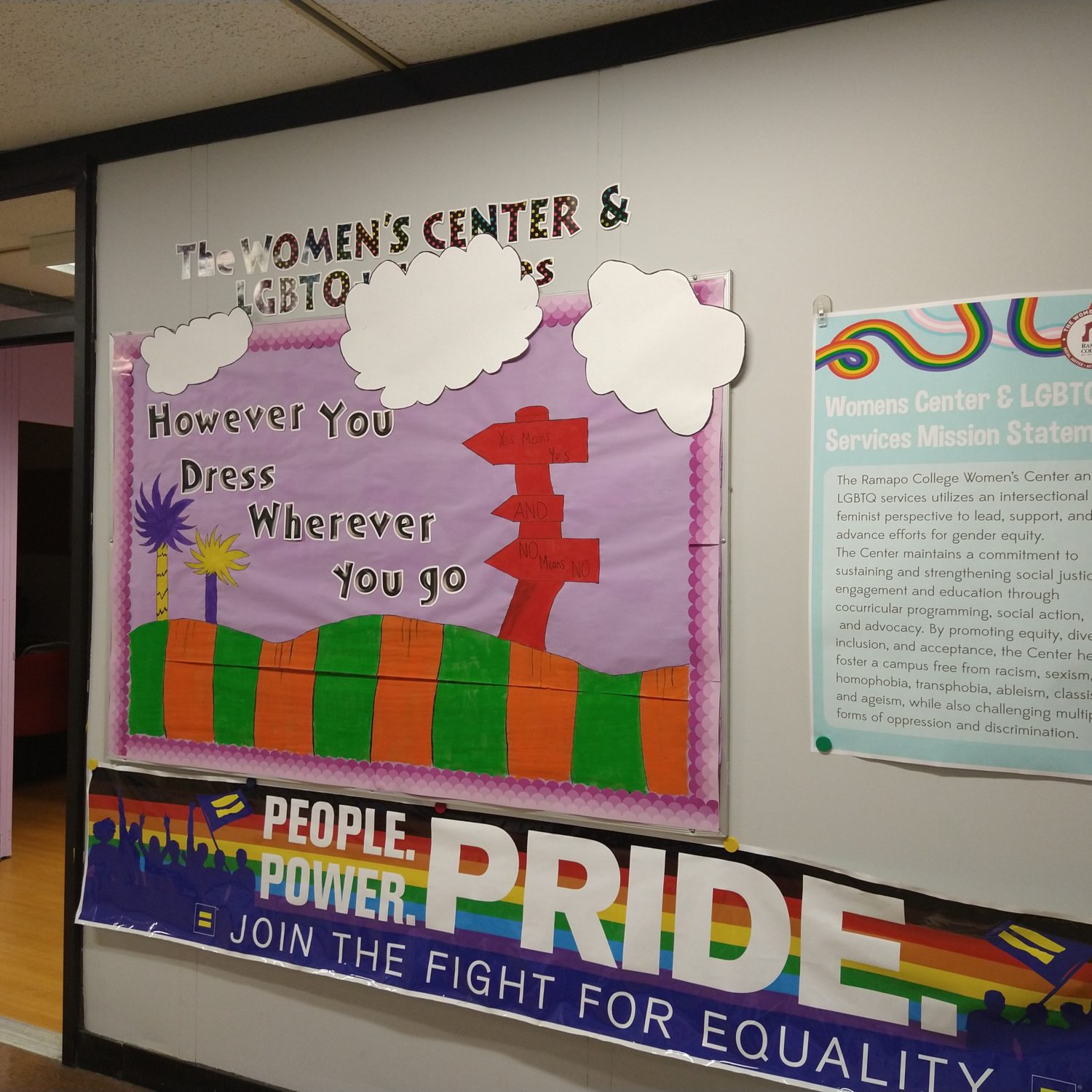
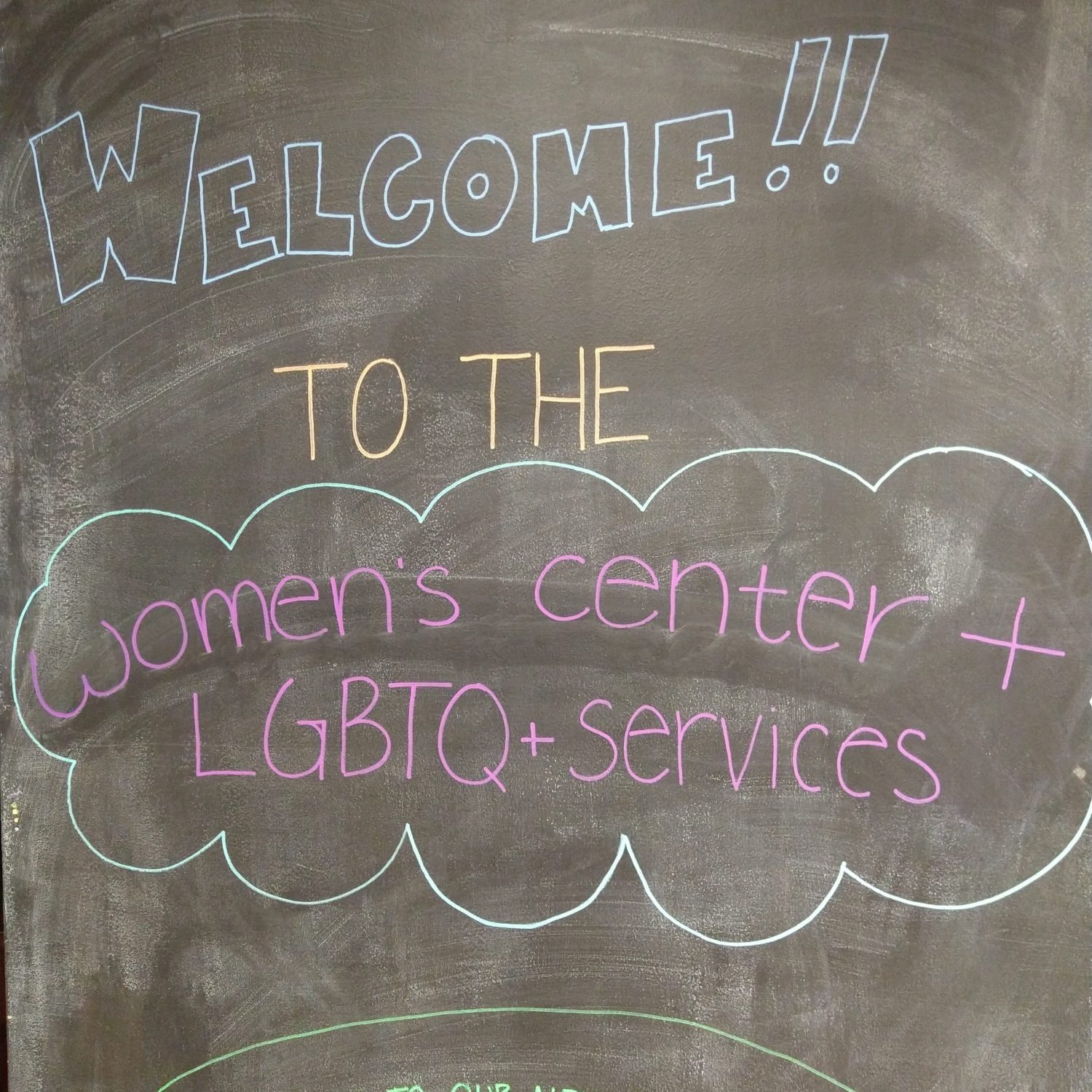
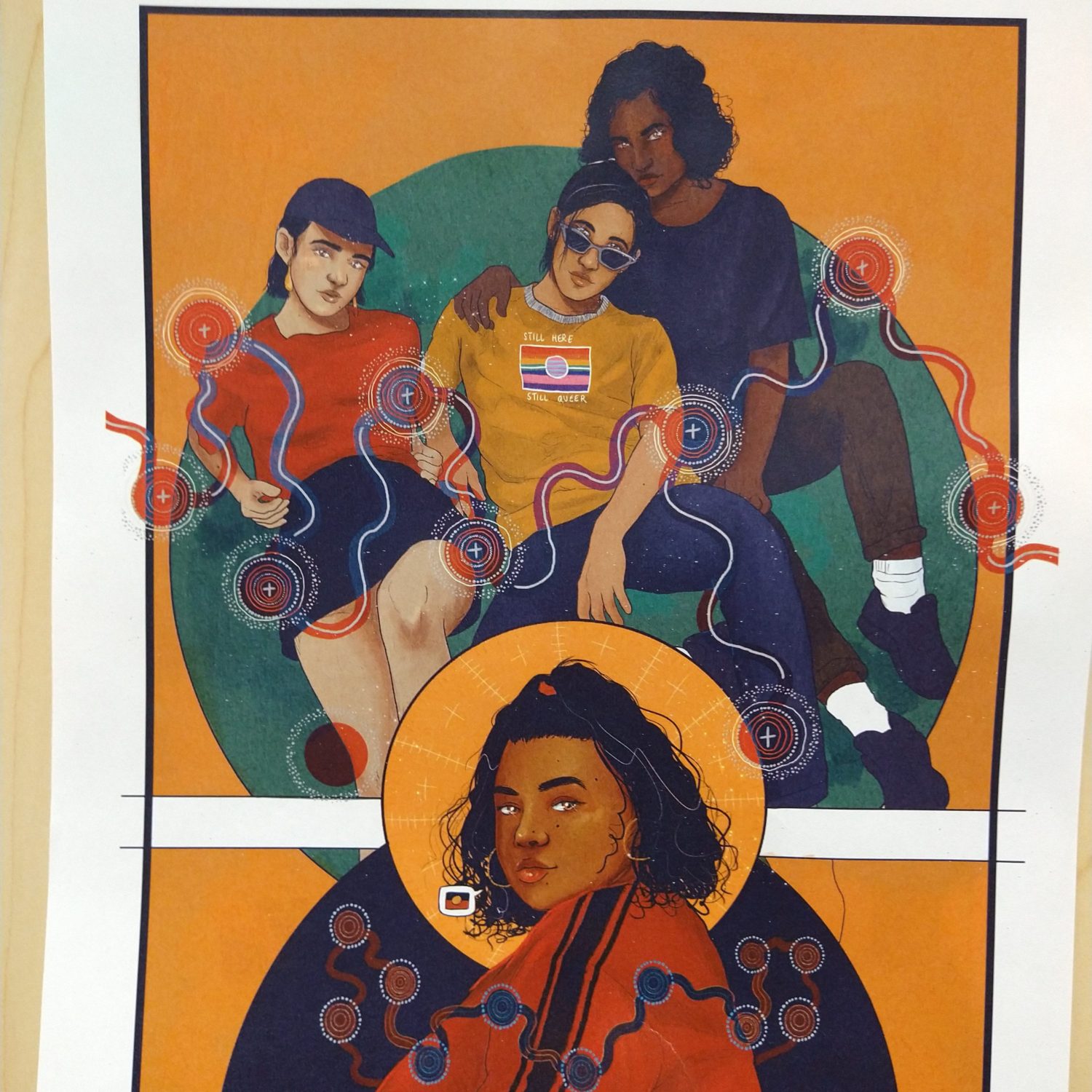
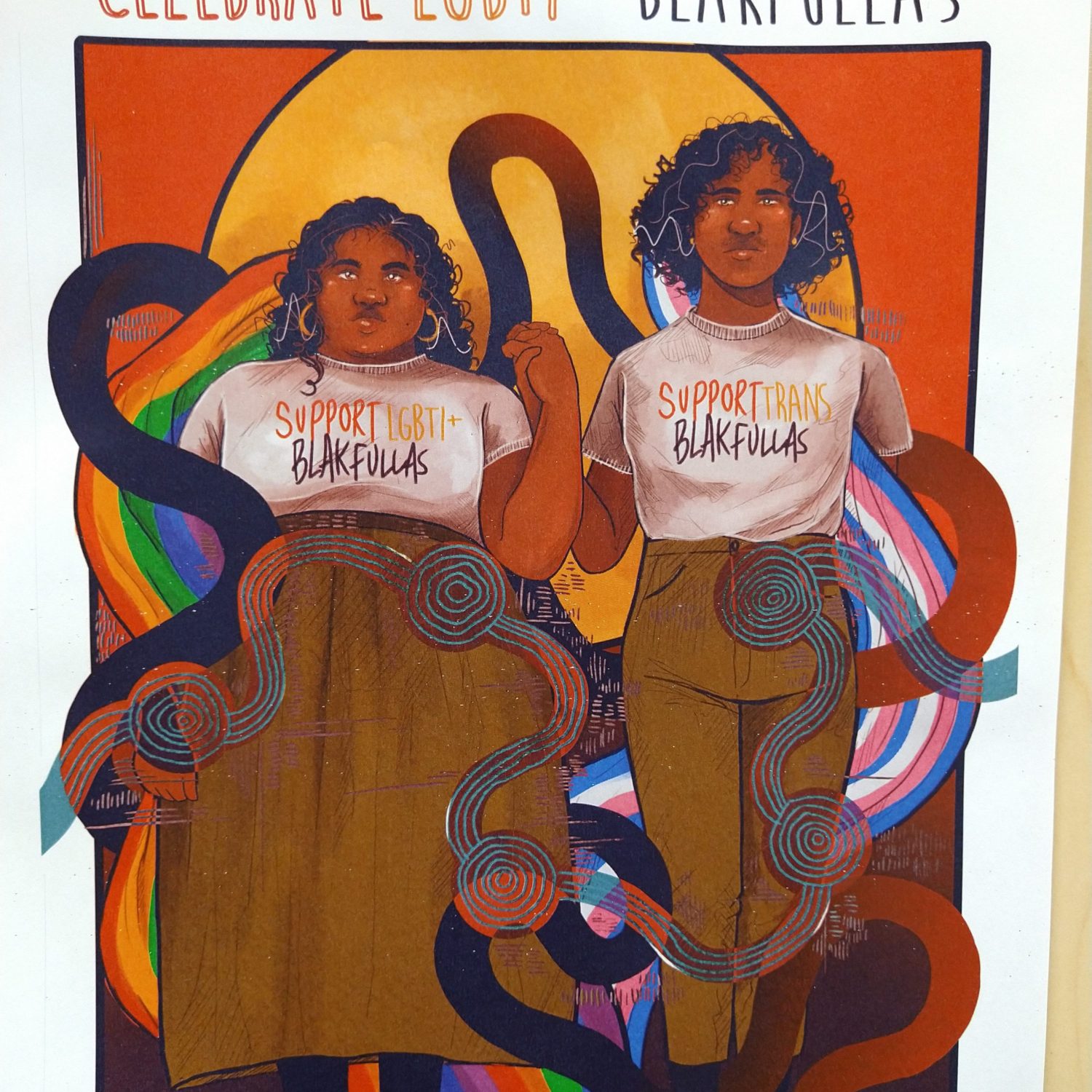
Wow! This is a very impactful, honest, and engaging story to read. The layout was perfect with the mix of history, the present, and the multimedia. I don’t know if we have ever used our own personal inputs on stories before, but I think what you did here was clever and you should be proud for sharing it. You showed great reporting with all the statistics and gathering sources. I enjoyed the mix of the axios style break down with bullet points, but also the continued flow – there was a lot of information, but I was able to process it. The only other thing I may want to have known is what the Women’s Center thinks the future will be like with everything happening – you slightly touch on it, but it peaked my interest for more. The multimedia really added to the piece, because although I have walked by the Women’s enter, I’ve never actually been inside it. I thought the story map impacted me the most as it broke down the event and the reaction. Your meta slider helps introduce the story and the hyperlinks help support your stats. Once again, really impactful and eye-opening story!